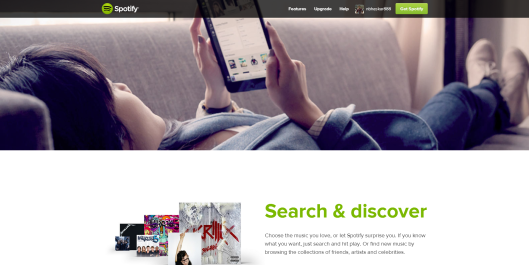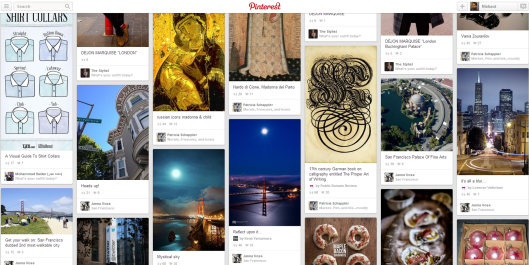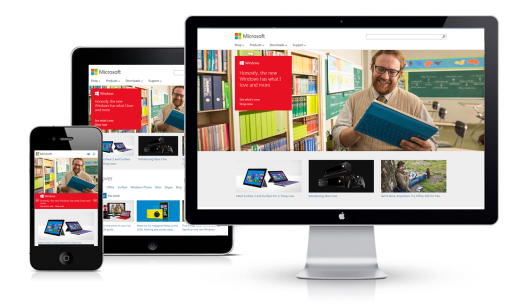This post is second part of a two part series, in which I describe how the web is providing you relevant information from the ever swelling ocean of information. In the first part, I described what strategies internet based companies use to organize new information continually. Click here to read Part 1/2.
In this part, I will describe some strategies that internet based companies use to present relevant information in an easily assimilable way.
Presenting
1. Maximizing Information Transmission Efficiency
Web pages overloaded with text and hyperlinks are giving way to cleaner layouts and more visual content. Most well designed websites provide a very good sense of modularity and hierarchy in their front-end architecture. I think there are at least two distinct styles which deserve mention. First, where information is presented in a single column, as if, on a long canvas, and you just need to scroll down to see more and more information. Some examples are the websites of Wunderlist, MotoX, Spotify and Uber. Second, where the web-page is divided in grids, and information is usually presented in the form of large thumbnails. Pinterest, Groupon, eBay, your Facebook timeline and Google+ sport such a style.


2. Recommendations
From Zappos’, “Customers Who Bought This Item Also Bought” to YouTube’s “Recommended for you”, making recommendations to visitors has become a rave across the web. Companies make recommendations in order to make visitors stay longer on their websites, so that they end up purchasing more stuff and/or clicking on more ads.
3. Portability across devices
Many people in developed countries use more than one computing device. Those who do so, have come to expect seamless functioning of websites across their devices. This is being achieved thorough what is known as ‘responsive web design’, which refers to web-designs that fluidly change and respond to fit any screen or device size. Some of the prominent companies which have already adopted such a web-design are: Microsoft, Starbucks, The Next Web, and Time magazine. Responsive web design when used with cookies enable websites to remember stateful information (such as items in a shopping cart) of visitors, thus making the transition across devices even more seamless.

For the success of a good idea it important to understand the context in which the idea will materialize. What I have described in my two post series, I believe, are very fundamental aspects of operating in today’s internet based business context.
What is your take on doing business in today’s internet based business context? Would you like to add something to the information I presented in the post? I would love to know your views.
To stay tuned with me Follow @nbhaskar888











